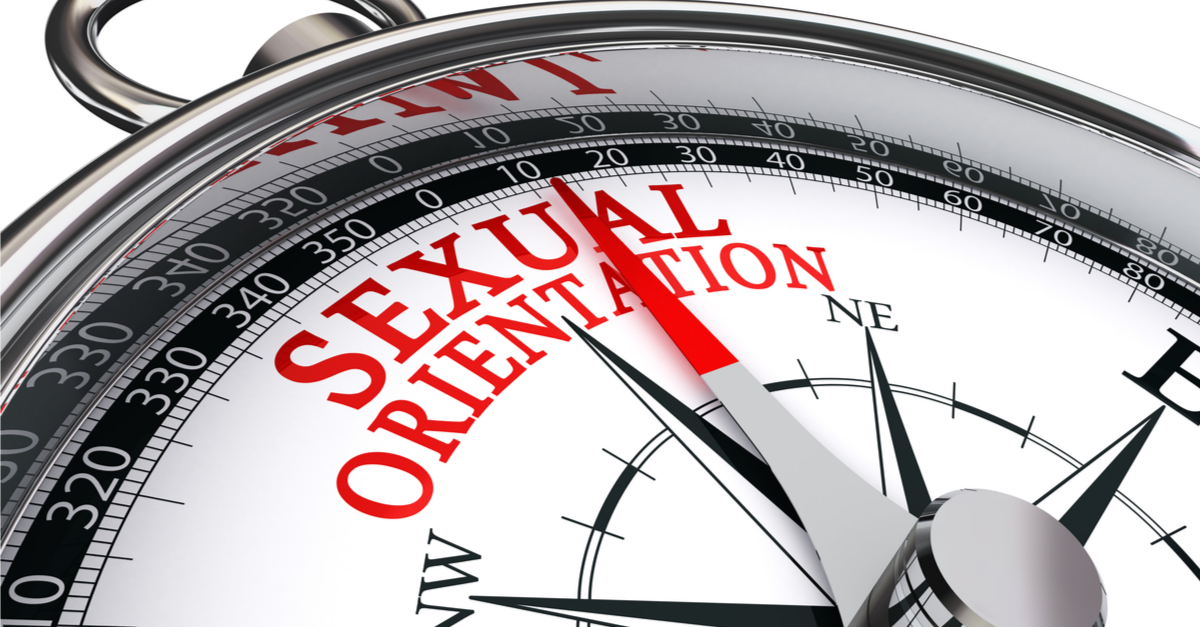There is a widely held perception that people with non-traditional (i.e., non-heterosexual) sexual orientations are, by nature, hypersexual – especially gay and bisexual men. This is not in fact the case. In reality, gay and bisexual men (and other members of the LGBT community) are no more or less sexual than their straight counterparts. Perhaps some of this “oversexed” belief arises from the fact that topics like “gay sex” are still attention-getters in both the media and private conversations, despite the many recent worldwide advances in the normalization of homosexuality and homosexual behaviors. And perhaps there are legitimate historical reasons for this commonly held misperception, especially when we’re talking about gay and bisexual men.
In days of yore (as little as 15 or 20 years ago), men who were interested in being sexual with other men searched for sex in bars, in adult bookstores and theaters, in sex clubs and bathhouses, in the steam-room at their local gym, in public parks and restrooms, and on notorious street corners late at night. These choices were adaptive ways of finding men with similar needs and desires in an age of profound cultural repression, but none of these sex-seeking venues were ideal. And sometimes they were downright dangerous. In fact, many older gay men vividly remember the days when gay hotspots were routinely raided by police, with denizens hauled off in paddy wagons and jailed for the night – with their names and “crimes” published in the next morning’s paper. And because many people’s exposure to gay life was limited to newspaper narrations of the local police blotter, the common perception of gay and bisexual men was understandably skewed toward the “sex crazed” label.
Happily, this is changing. Homosexuality is no longer illegal or viewed by the mental health community as a disorder. Plus, members of the LGBT community now seek sex in much safer (i.e., less public) venues, primarily through online dating apps and websites. Nevertheless, the long-held perception of non-heterosexuals as hypersexual persists to a degree, even within the gay and lesbian community.
Unfortunately, this can enable sex and porn addiction for some individuals. Consider alcohol as an analogy for this. An alcoholic who spends all of his free time in bars will likely find it very easy to rationalize, minimize, and justify (to deny) his problem with alcohol abuse, since everyone else is also drinking (though not alcoholically in most cases). In similar fashion, if a gay male sex/porn addict is hanging out in venues (online or real world) where everyone else is also being highly sexual (gay bars, bathhouses, Grindr, porn sites, etc.), it is much easier to rationalize, minimize, and justify what he or she is doing – even after his or her sexual behaviors have spiraled out of control.
Nevertheless, and we cannot state this clearly enough, sex/porn addiction has nothing whatsoever to do with who or what it is that turns a person on. Instead, sex and porn addiction are based on the same three factors as every other form of addiction:
- Ongoing obsession/preoccupation with the drug/behavior of choice
- Loss of control over use (typically evidenced by multiple failed attempts to quit or cut back)
- Directly related negative life consequences
This means that LGBT sex and porn addicts are not compulsively sexual because of their sexual orientation. Rather, they are compulsively sexual as a way to self-soothe stress, emotional discomfort, and the pain of underlying psychological issues like anxiety, depression, low self-esteem, shame, attachment deficits, unresolved childhood and/or severe-adult trauma, etc. In this respect, LGBT sex and porn addicts are exactly like heterosexual sex addicts. They are also exactly like gambling addicts, alcoholics, drug addicts, compulsive spenders, and the like.
